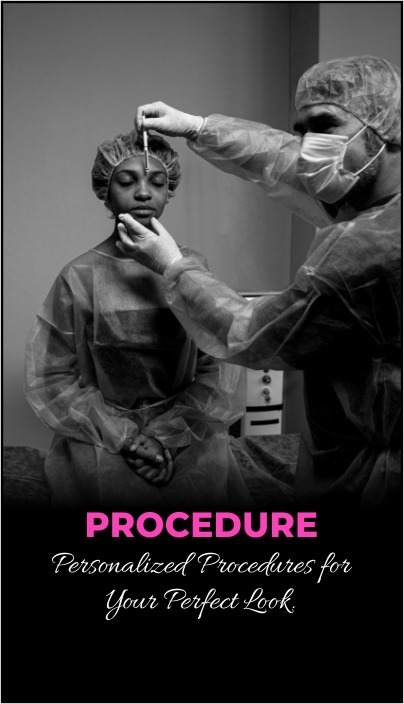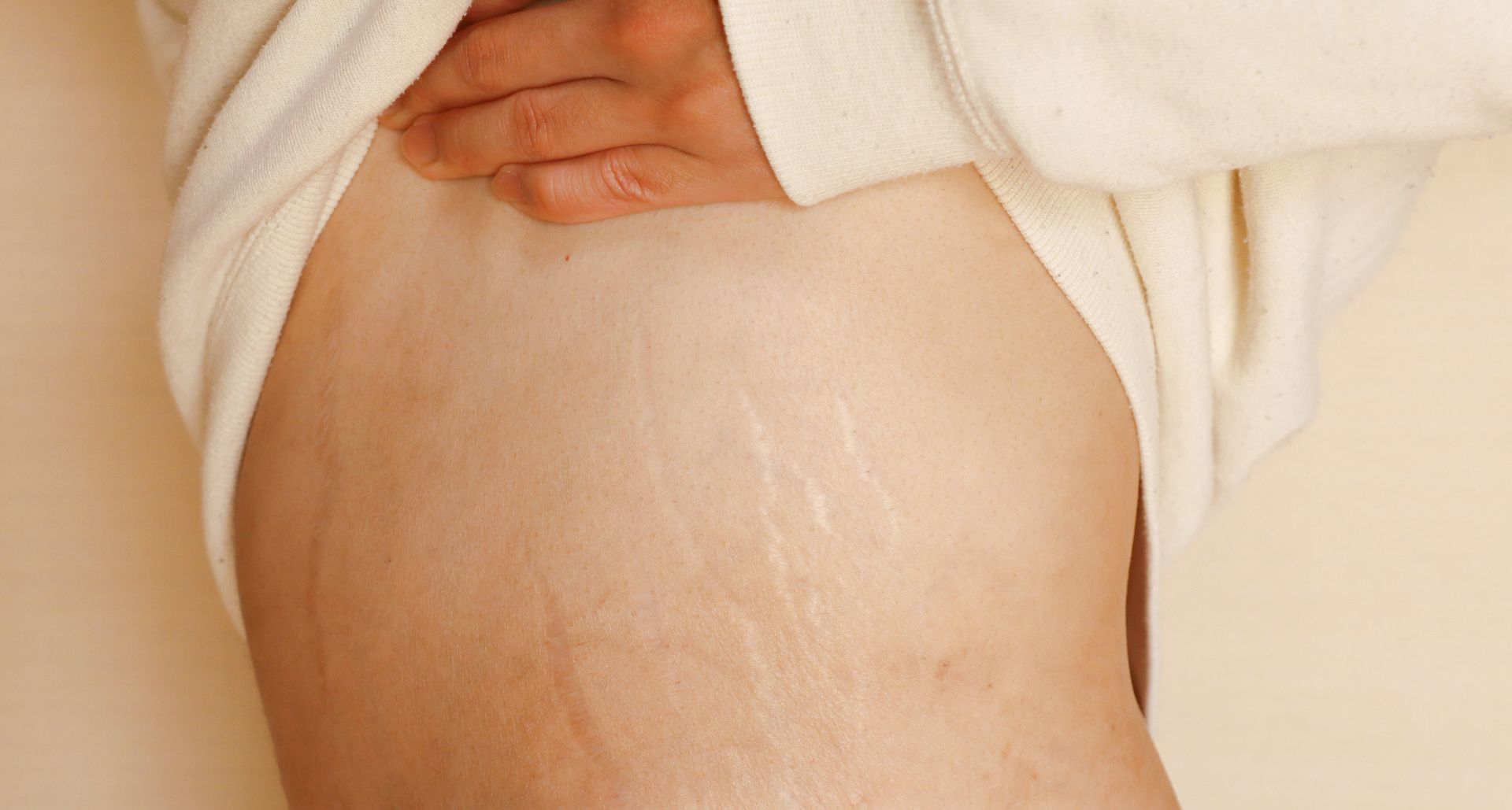

It is estimated that approximately 70-80% of women who have given birth have suffered stretch marks. Stretch marks also occur in teenage girls during rapid growth spurts and in people who undergo a rapid increase in body weight.
Structurally, stretch marks are tears in the deeper layer of the skin called the dermis. As the skin stretches, the deeper layer sheers, creating a thinner area while the top layer (epidermis) stays intact. This results in visible lines, texture irregularities, and color differences.
Stretch marks typically appear around areas where weight gain is most prominent such as:


At Dermlounge and Richmond Aesthetic Surgery, we offer two methods for treating stretch marks depending on their age and severity. Treating them early yields the best results.
This method targets the pigment in red blood cells to lighten the color and activate collagen production, reducing the size of the stretch marks. It is effective for red stretch marks that have developed in the past one to two years.
Patients can expect mild bruising that resolves in 1-2 weeks, and 3 to 5 treatments are recommended for best results.
This more aggressive method uses the Halo™ hybrid fractional laser, effective for white stretch marks older than one year. This laser makes micropunctures in the skin, stimulating collagen and tightening the skin, which reduces the appearance of stretch marks.
Optimal results are seen after 2 to 3 treatments spaced 3 to 6 months apart. The procedure takes around one hour, depending on the area being treated.
A topical lidocaine dressing is applied to numb the skin before the procedure. Oral pain medication may also be prescribed. After the procedure, the treated areas will stay red for several weeks and be sensitive to the sun, so sun protection is essential.
Dr. Sivakumar, our board-certified plastic surgeon, will guide you through your recovery to ensure the best results.
Stretch marks form when the second layer of skin (dermis) stretches too quickly, causing the collagen fibers to break. Initially, the marks appear purplish or blue as the blood vessels break. Over time, they turn white or silver, but they rarely disappear completely.
While stretch marks are not painful, they can affect your self-esteem. For some, they remain hidden, but for others with severe cases, they may cause significant distress. It's important to remember that you are not alone—90% of women and many men have stretch marks.
Although treatments can reduce their appearance, staying informed with your dermatologist can help you explore the latest advancements.
